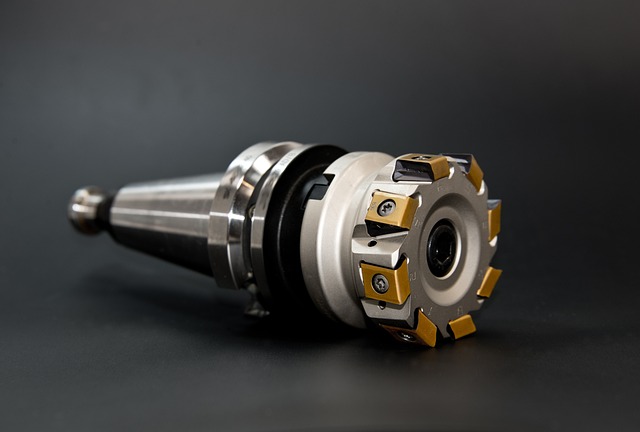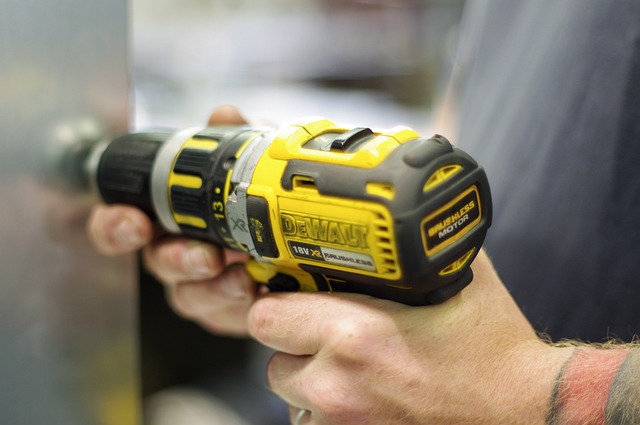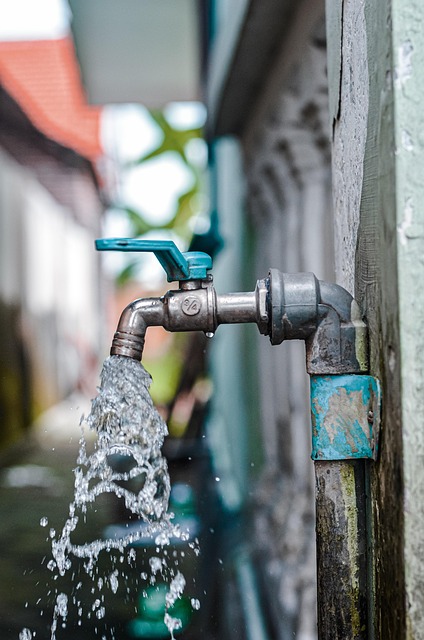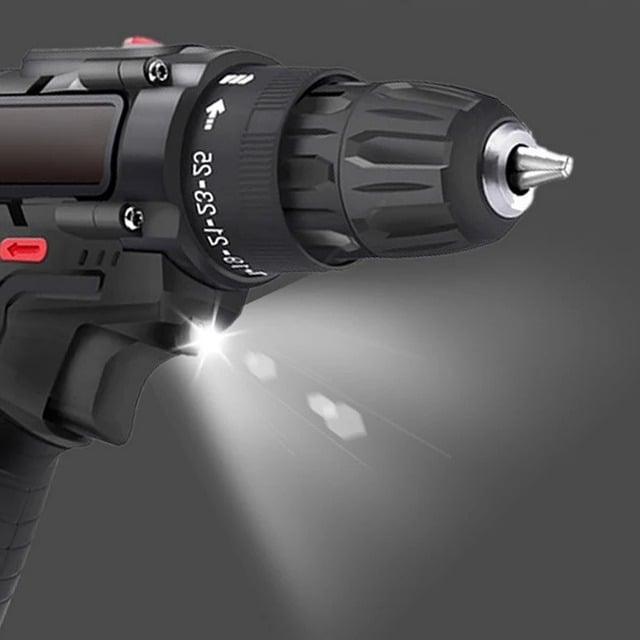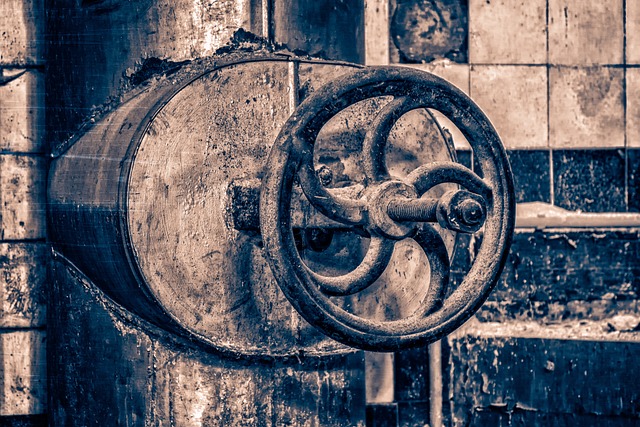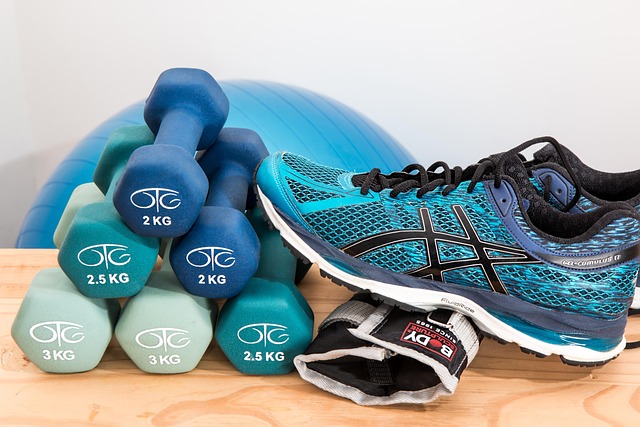The Emergency Response Dome Simulator is a cutting-edge training tool that replicates real-world conditions in a controlled environment for emergency responders, particularly those dealing with confined spaces like tanker domes. It enhances dexterity, communication, and problem-solving skills through immersive exercises, optimizing techniques for securing clamps in tight quarters. These simulators, equipped to mimic the physical and operational challenges of tank trucks, offer safe hands-on training that prepares professionals for quick, effective responses during actual emergencies. They are crucial for improving coordination, fostering preparedness, and saving lives by minimizing risks associated with hazardous material incidents.
“Unleash the power of practical training with the Emergency Response Dome Simulator, an innovative tool revolutionizing tanker safety. This article delves into the significance of dome clamp practice props, offering a comprehensive guide. We explore ‘The Role of Tanker Dome Clamp Practice Props’ and highlight ‘Key Features of an Effective Dome Lid’. Additionally, we provide insights on setting up your dome simulator and best practices for training sessions, ensuring preparedness in case of real-world emergencies.”
- Understanding the Emergency Response Dome Simulator
- The Role of Tanker Dome Clamp Practice Props
- Key Features of an Effective Dome Lid
- Benefits of Using a Practice Prop for Training
- Setting Up Your Own Dome Simulator
- Best Practices for Safe and Efficient Training Sessions
Understanding the Emergency Response Dome Simulator

The Emergency Response Dome Simulator is a cutting-edge training tool designed to replicate real-world conditions in a controlled environment, providing an immersive experience for emergency responders. This innovative device simulates various scenarios, allowing teams to practice and refine their skills efficiently. With its dome-shaped structure and advanced technology, it offers a unique and effective way to prepare for unexpected emergencies.
This simulator is particularly valuable for training exercises involving confined spaces, such as tanker domes. It enables participants to familiarize themselves with the challenges of working in these limited areas, improving their dexterity, communication, and problem-solving abilities. By practicing with the dome lid closed, emergency responders can enhance their techniques for securing clamps and managing tasks within tight quarters.
The Role of Tanker Dome Clamp Practice Props

Tanker dome clamp practice props serve as invaluable tools in preparing emergency responders for real-world scenarios involving tanker trucks with dome lids. These simulated environments closely mimic the physical and operational challenges encountered during actual incidents, allowing professionals to hone their skills and increase their readiness. An emergency response dome simulator, essentially a prop designed to replicate the complex mechanisms of a tanker dome lid, provides a safe and controlled setting for training exercises.
By using these props, responders can practice opening and closing dome lids, securing clamps, and managing various situations that may arise during emergency operations. This hands-on experience is crucial for maintaining proficiency and ensuring quick, effective response times when faced with real tanker incidents. The realism offered by these simulators enhances coordination among team members, fostering a culture of preparedness within emergency response communities.
Key Features of an Effective Dome Lid

An ideal emergency response dome simulator should boast several key features that enhance its functionality and realism. First and foremost, it needs to closely resemble real-world tanker dome clamps in terms of design and materials used. This ensures that emergency responders gain practical experience with equipment they’ll actually encounter in high-pressure situations.
Additionally, an effective dome lid should offer adjustable settings for various scenarios, allowing trainees to navigate different challenges without compromising safety. Smooth operation and quick deployment mechanisms are crucial, as they enable seamless transitions between training exercises. Furthermore, durable construction is essential to withstand frequent use and maintain consistency over time, ensuring the simulator remains a reliable tool for emergency preparedness.
Benefits of Using a Practice Prop for Training

Using a practice prop, specifically designed as an emergency response dome simulator, offers numerous advantages for training purposes. These realistic replicas allow professionals to prepare for real-world scenarios in a controlled environment, enhancing their skills and confidence. By interacting with the dome lid and clamp mechanism, responders can refine their techniques for securing and managing hazardous materials, ensuring faster and more effective emergency response.
Such props facilitate hands-on learning, enabling trainees to gain practical experience without endangering themselves or others. This immersive training method improves their understanding of the equipment’s functionality and safety protocols. With regular practice, teams can maintain proficiency, react swiftly in critical situations, and ultimately save lives by minimizing potential risks associated with hazardous material incidents.
Setting Up Your Own Dome Simulator

Creating your own emergency response dome simulator is an innovative way to prepare for unique challenges in confined spaces, like tanker domes. This DIY approach allows specialized training that mimics real-world scenarios, enhancing the skills of professionals tasked with navigating such environments. The process involves assembling a structure that replicates the specific dimensions and features of a tanker dome, complete with a dome lid that can be secured tightly using clamps, emulating real-life conditions.
For an effective simulation, consider the use of durable materials that ensure safety and longevity. Incorporate practical elements like entry points, emergency equipment storage, and hazard areas to make the training experience as authentic as possible. By setting up such a simulator, you can conduct drills, practice techniques for securing dome lids, and refine emergency response protocols in a controlled setting, ultimately improving preparedness when faced with genuine tanker dome incidents.
Best Practices for Safe and Efficient Training Sessions

When conducting training sessions with an emergency response dome simulator, adhering to best practices ensures safe and efficient learning experiences for all participants. Prioritise thorough briefing sessions where instructors clearly outline objectives, potential hazards, and emergency protocols. This preparation equips trainees with essential knowledge before they step into the simulated environment.
Regular maintenance of the dome equipment is crucial. Inspect components like clamps and lids for any wear or damage to prevent malfunctions during training. Consistent calibration ensures accurate scenario replications, allowing trainees to practice realistic responses. Encourage open communication among team members to address concerns promptly and foster a culture of continuous improvement in emergency preparedness.








